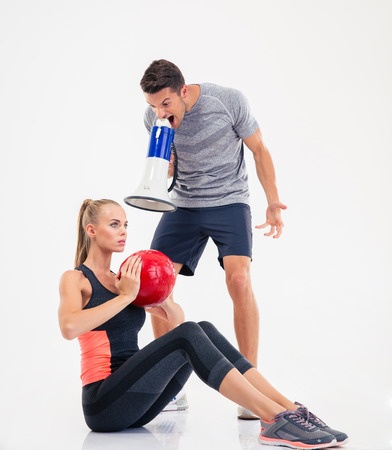This test is run by .
Note that your final mark will not be saved in the system.
Note that your final mark will not be saved in the system.
Transfer of skills and the Principles and stages of learning GapFill
Target Level
C
Running Total
0
0%
Attempt
1 of 3
You must fill all the gaps before clicking ‘Check Answers!’

Understanding the theories that underpin the learning of a movement skill could help coaches and performers optimise to apply the same principles to their own training. There are three key theories of learning outlined below.
Bandura’s theory of learning - suggests learning occurs by watching others, and consists of four stages:
- : focusing on each distinct component of a skill performed by a significant other. This person is usually someone held in high regard by the observer or who possesses a high level of ability.
- : storing this skill performance in memory and being able to recall the relevant information. This is enhanced by the relevance and significance of the performance.
- : physical replication of the skill. This will require the underlying motor skills that are fine-tuned in accordance with the specific performance that is to be copied. Therefore, it should be similar to the observer’s physical ability.
- : the observer must be persistent in learning and mastering the skill. The greater respect the observer has for the performer, the more determined the performer will be.
- Reinforcement aims to this bond, and can be classed as positive and negative:
- Positive reinforcement is where successful performance is rewarded. This encourages the individual to exhibit the same behaviour when faced with a similar situation in the future. For example, a swimming coach might praise their athlete who displays a good butterfly stroke technique, inspiring the athlete to use the same technique in the next race.
- Negative reinforcement also aims to reward successful performance, but instead by removing an unpleasant stimulus. For the same swimming example, the coach might allow the athlete time off over the weekend.
- is designed to weaken the stimulus-response bond, preventing an undesirable performance from happening again in the future. This can involve a negative stimulus, where if the swimmer were to perform a poor breaststroke, the coach might implement a tough weekend of training. It could also involve removing something of value, such as withdrawing the swimmer from the next competition in order to focus on getting their technique right.